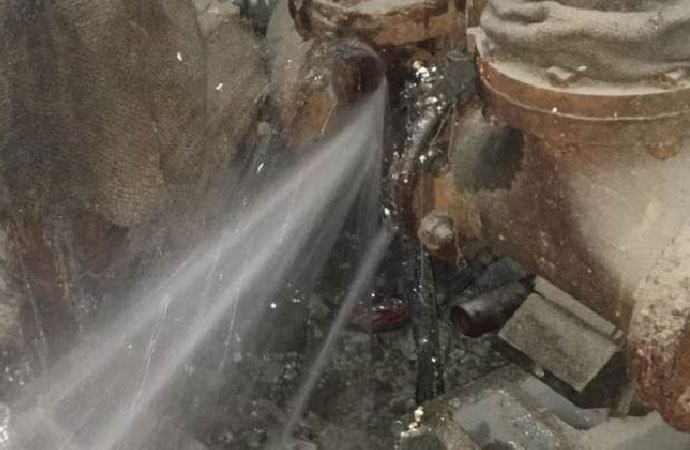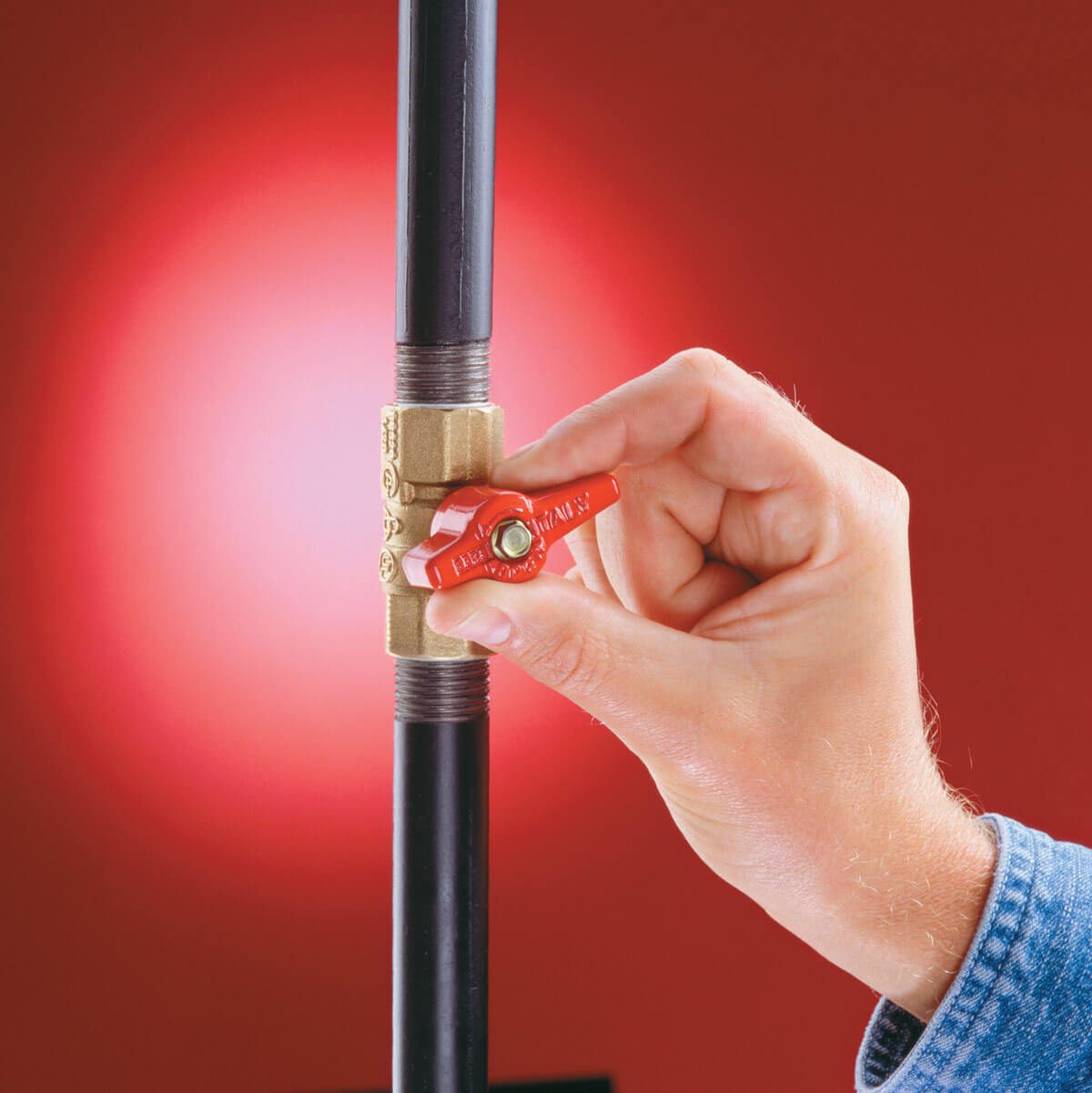This post down below relating to What to Know Before Installing a Dishwasher is totally enlightening. You should investigate it.

A ruptured pipeline is a significant emergency; you can just stand as you enjoy water you pay very much to reunite with the earth. In worse situations, you discover a pool on your kitchen flooring, which is a fantastic trip hazard, especially if you have children around. If the pipeline that ruptured remained in your wall surfaces, problem: you may need to repaint that entire area.
Just how can a tragedy like a ruptured pipe be prevented and also taken care of? Well, by paying attention to your specialist emergency plumbing professionals and also complying with these guidelines.
How do I know when my pipelines have ruptured?
Changing water stress
Pipelines do not simply burst in a day. You may have discovered that your kitchen faucet or shower does not run right away when you turn the faucet. It might stop briefly for a few seconds and afterwards blast you with even more force than usual.
In various other circumstances, the water may appear regular initially, then decrease in stress after a few secs.
Infected water
Lots of people assume a ruptured pipeline is a one-way outlet. Fairly the contrary. As water drains of the hole or gouge in your plumbing system, contaminants locate their way in.
Your water may be infected from the source, so if you can, examine if your water storage tank has any troubles. Nevertheless, if your drinking water is provided and detoxified by the city government, you must call your plumber instantly if you see or scent anything funny in your water.
Puddles under pipelines and sinks
When a pipeline ruptureds, the outflow creates a puddle. It might appear that the puddle is expanding in size, as well as despite the number of times you wipe the puddle, in a couple of mins, there's one more one waiting to be cleansed. Frequently, you might not be able to trace the pool to any kind of visible pipelines. This is a sign to call a specialist plumber.
Wet wall surfaces and water spots
Before a pipe ruptureds, it will leakage, many times. If this relentless leaking goes undetected, the leak might finish into a vast gash in your pipe. One very easy way to prevent this emergency is to look out for wet wall surfaces ad water spots. These water stains will lead you right to the leakage.
Untraceable dripping noises
Pipeline bursts can occur in one of the most unpleasant locations, like within concrete, inside wall surfaces, or under sinks. When your home goes quiet, you might be able to listen to an aggravatingly persistent leaking sound. Even after you have actually examined your shower head and kitchen area faucet, the trickling may continue.
Beloved viewers, the dripping might be originating from a pipe inside your walls. There isn't much you can do regarding that, other than tell an expert plumber.
Show up the Warmth
Set up fans to blow warm right into cool rooms. Keep the garage door shut. If you have actually reduced water flow, warm one of the most at risk pipes (typically in basements as well as crawl spaces or near outside wall surfaces) with a hair dryer. Leave the faucet on while you apply warm. As you thaw ice, the circulation will increase. To avoid pipes from cold, shield your wall surfaces.
Beginning Getting Rid of the Water
Get the mop, containers and also a store vacuum cleaner to start to get rid of the water because you definitely don't desire it saturating right into every little thing else in your house. And also, a fast tidy up will certainly reduce the chances of something getting moldy.
What do I do when I find a burst pipe?
Your water meter will continue to run even while your water wastes. To reduce your losses, discover the primary controls as well as turn the supply off. The water mains are an above-ground structure at the edge of your home.
How to Fix & Detect a Leaking Pipe
How Do I Know if a Pipe is Leaking?
Leak detection tests can help you determine if your pipe has a leak. Even if you don’t see an apparent leak, you should still conduct leak detection tests regularly to save water and money—and prevent major damage to your home.
Water meter. It can be helpful to figure out what your usual water meter usage numbers are and then monitor them regularly. To monitor your meter, first, turn off all water faucets in your home. Check the meter and write down the numbers. In a few hours, check the meter again. If the numbers have changed, you have a leak. Water gauge. Use a water gauge to test your water pressure. Your showerhead should produce a certain amount of water pressure based on its model and design. If the pressure is lower than it is supposed to be for that specific showerhead, your home likely has a leak. Puddles. Look inside your bathroom, laundry, and kitchen sink cabinets. Puddles around the cabinets or around toilets, tubs, showers, and washing machines indicate the presence of a leaking pipe. You may also notice loose tiles, peeling or flaking paint, or mold caused by water accumulation. Napkin test. Even if you don’t see any puddles, you may still have a leak. You can test for water leaks in the bathroom, laundry, and kitchen by wiping below-sink connections with a napkin, paper towel, or piece of toilet paper. If it becomes damp, you probably have a leaking pipe under the sink. Discolored walls. Walls that are discolored—usually with brown or yellow stains—or bulging might mean that they have been impacted by water damage caused by a leaking pipe. Smell. A leaky pipe will create sitting water, and over time, that water may develop a musty smell. If your home smells musty, but you can’t locate the source, it may be due to a leak. Steps for Fixing a Leaking Pipe
A leaky drain can be remedied by tightening the pipe base, replacing the drain seal, caulking the rim, and tightening the pipe nut. Similarly, a leaking toilet pipe can be treated by tightening the packing nut. You may also need to replace the valve. A leaky faucet may just need tightening or replacement of the washers. If that doesn’t work, consider replacing your faucet. If your pipe has a hole in it, you may want to use a pipe leak sealer or pipe leak tape. This quick fix for water pipe leaks can also temporarily fix a copper pipe leak. https://www.ahs.com/home-matters/quick-tips/how-to-tell-if-pipes-are-leaking/

I stumbled upon that blog entry on How to Install and Connect a New Dishwasher when looking around the search engines. Loved our blog? Please share it. Let other people check it out. I thank you for reading our article about How to Install and Connect a New Dishwasher.
Schedule Your Job Now